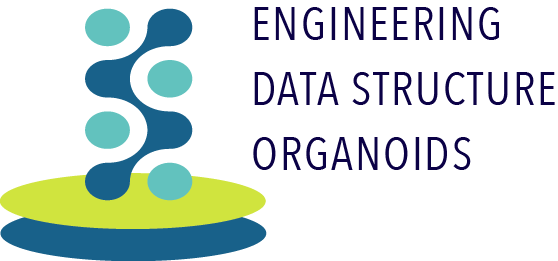This week, we asked our researchers how does their typical day look like.
From Neil:
It depends, but in the early stages, it was a lot of trial and error once I had a design putting the design into a tool and verifying it worked. And then from that, it is just a lot of refining. From the experimental side of work, there is a lot of standing around in the lab for a very long period but remaining focused on one mistake can end your experiment.
From Silvia:
On a typical day, I wake up early, do mindfulness meditation and start to organise a general to-do list for the day. Once in the workplace, I start to do the calculation for the experiments I will be running, book the equipment, if it is necessary, answer emails and discuss with my colleagues the experiments we are planning to do. Normally, if I am planning to run experiments in the lab, I jump in directly after making the calculations, because to work in the lab it needs a lot of concentration and being in a certain mood and flow. I dedicate some days to doing desk work such as reading papers, writing reports and drafting presentations for meetings. Normally, I try to organize my time to have lab and desk work on separate days.
From Emanuela:
“Firstly, I go to the lab, I switch on all the instruments, and I start after about 15 or 20 minutes. I would normally prepare the lab protocol the day before, so I can start my experiments straight away. In the lab, I then consider results, and I might adjust the different parameters depending on which results I get. Sometimes I can stay working on one experiment for a whole month or longer, so I can understand and improve the results. Then on some days, I work from home organizing results and images and planning the next steps. So sometimes I have this day when I am not running any experiments and I just focus on planning experiments, reading the literature and writing the next paper.”
From Dan:
“A typical day for me is to go to the lab. I like to get in early because I like starting work early, and I tend to stay late too. My work will typically start with a review of yesterday’s work and experiment. I will be looking at the outcome of what I did yesterday; did it work, did it not? If it didn’t, then I need to look for reasons why it wouldn’t work. So, I’ll set up an experiment, and then I’ll walk away, and then the next day I’ll do what I call a post-mortem where I’ll be thinking right; these are all the different reasons why it won’t have worked, so it’s like a process of elimination. There are lots of things that would not look interesting to passers-by, and there is a lot of waiting around in the lab. The other part of what I do is microfluidics, which I think is quite fun. I make little devices to eventually be used in clinical tests for diagnosis. I make some with millions of tiny wells, sometimes I make these big, long channels that the solution can pass through, and I go and experiment with different designs. I play around with trying to make them in different shapes, but a lot of it will be just trying to see if I can produce a little functional device that can do something physically useful. So, a lot of my day will be spent doing this and finding out, does it need changing and then trying again.”
From Ben:
On a normal day, I would typically spend probably 60% or 70% of the day programming, developing the program code for different projects and analysing results. I would say I spend maybe 30% of my time reading papers and then I have 10% for planning what to do next. My job does not include going to the lab, but it also includes conversations with experimental scientists about what they are doing and looking at their results.
We would love to hear from you, what does your typical workday look like? what degree of planning and reflection you pursue?




